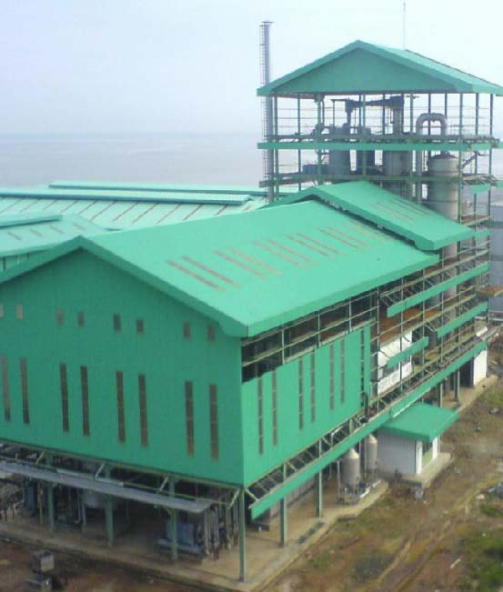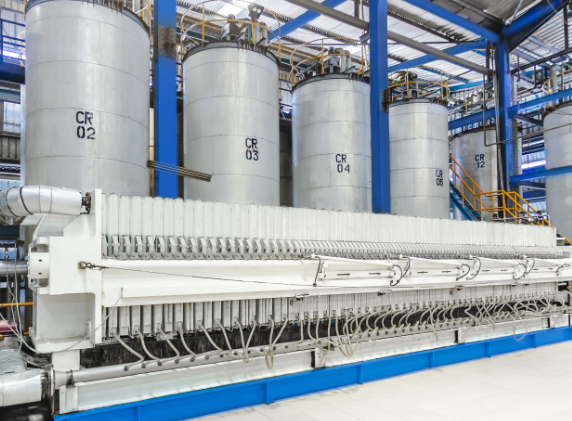Crude oils contain non-triacylglycerol components that must be partially or totally removed in order to become acceptable for human consumption. Crude oils are therefore submitted to several treatments, the objective being to remove the objectionable minor components with the least possible damage to the oil fraction and minimal losses of desirable constituents. There are two major processing methods known as chemical and physical refining.
Crude Palm Oil (CPO) Standard Specifications:
FFA ( as of Palmatic): 8% Maximum
Moisture & Impurities: 0.25% Maximum
Iodine Value: 56 Minimum
Melting Point: 36 – 50 deg. Maximum
DOBI: 2.31 Minimum
Cloud point: 3.5R 3.5Y
Process for Palm Oil Refinery Plant
Apart from all the regular refining procedures, there are two main additional processes that need to be carried out for refining crude palm oil:
Fractionation process
Crystallization process
For crude palm oil refinery plant, fractionation process is required in which palm olein and palm stearin are separated by scientifically cooling the refined palm oil by chilling plant and then filtering the oil. For this purpose crystallizing vessel is used in which chilling pipe coils cool the oil for fractionation. Palm stearin crystals are formed due to chilling which are separated in the filter press and pure liquid of palm olein is obtained and palm stearin cake is retained in the filter press.
Fractionation Process Description:
Palm oil fractionation process is used to separate the palm olein and palm stearin from the RBDPO (Refined, Bleached, Deodorized Palm oil) produced by physical /chemical treatment. The RBDPO is further passed through the fractionation process to get various grade of palm olein and palm stearin. Usually, there are three types of olein are produced:
(1) Normal grade olein,
(2) Super grade olein
(3) Olein with cloud point 7 – 8°C.

